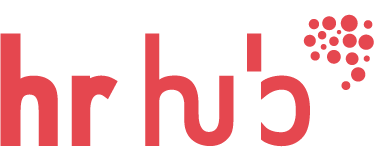Bridging the gap between two worlds – Corporate & NGO
70% of the employers find (very) hard the right graduates for their jobs and 40% of them are disappointed of the quality of the graduates.
This might look like a simple statistic found in an article. But an entire discussion was born in our community around the topic of Universities – Students – Companies partnerships. Furthermore, the discussion gave life to an entire event. The first event in our community that brought together two of the players of the triangle: students from NGOs and company representatives. Since it was the first time we organized this type of event, we chose to focus on NGOs and companies from the IT industry, and we were happy to meet more than 20 participants from both parties.
We first understood that we have complementary needs:
- Companies have the need to grow a strong data base of potential candidates, hire competent graduates and make students aware of their work environment;
- Students have the need to learn by doing, be aware of different work environments and better understand the types of jobs the industry has.
What were the key topics of the discussion and the main questions we wanted to answer during the two hours we were together?
- When did you have the chance to collaborate?
- On what kind of projects?
- What worked?
- What can be improved?
We splatted in 4 groups and started to know each other better and answer the questions above. After more than 30 minutes of sharing, some common topics aroused.
When do NGOs and companies collaborate?
- on projects dedicated to grow students’ capabilities;
- on conferences or short term events;
- for employment purposes;
What were the problems?
- The relationship management could be done better for both parties:
- Most of the time NGOs don’t know who they should contact from the companies they target;
- The expectations from both points of view are not always set right from the start;
- The point of contact tends to change very often for both parties, so the long term relationship is affected;
- The NGOs’ agile way of working doesn’t always fit the corporate way of doing things in the case of some companies – short term notice doesn’t work when companies have already settled their budgets for the year;
- Both parties should be open to follow-up the partnership.
- Both parties should be open to find more ways to collaborate (monetary, designing learning projects, conferences etc.)
What were the solutions we found?
- Improve the relationship management process:
- NGOs could target employees with executional jobs;
- Set expectations right from the start of the partnership;
- NGOs should follow-up after their events and companies should be open to listen and give feedback;
- Openness from both parties to design Job shadowing/ Job rotation programs, that could help students understand what they’re actually looking for;
- Companies could externalize some simple tasks to NGOs:
- Companies get to automatize those tasks;
- Students get to learn by doing.
- Organize open days in companies for NGOs so they get to know exactly what to expect from the jobs in those companies;
- NGOs should build long-term plans in terms of projects and initiatives;
- Organize all the NGOs projects in a spreadsheet accessible both for them and representatives from companies, in order to increase visibility.
Of course, this is just the first step we took in order to understand how NGOs and companies can collaborate in building learning experiences and grow the capabilities of students to help them become better prepared employees.
Our final conclusion was that each of us is accountable for our responsibilities when it comes to a partnership. Going further, we’ll try to spread the word and implement the solutions we found together.
